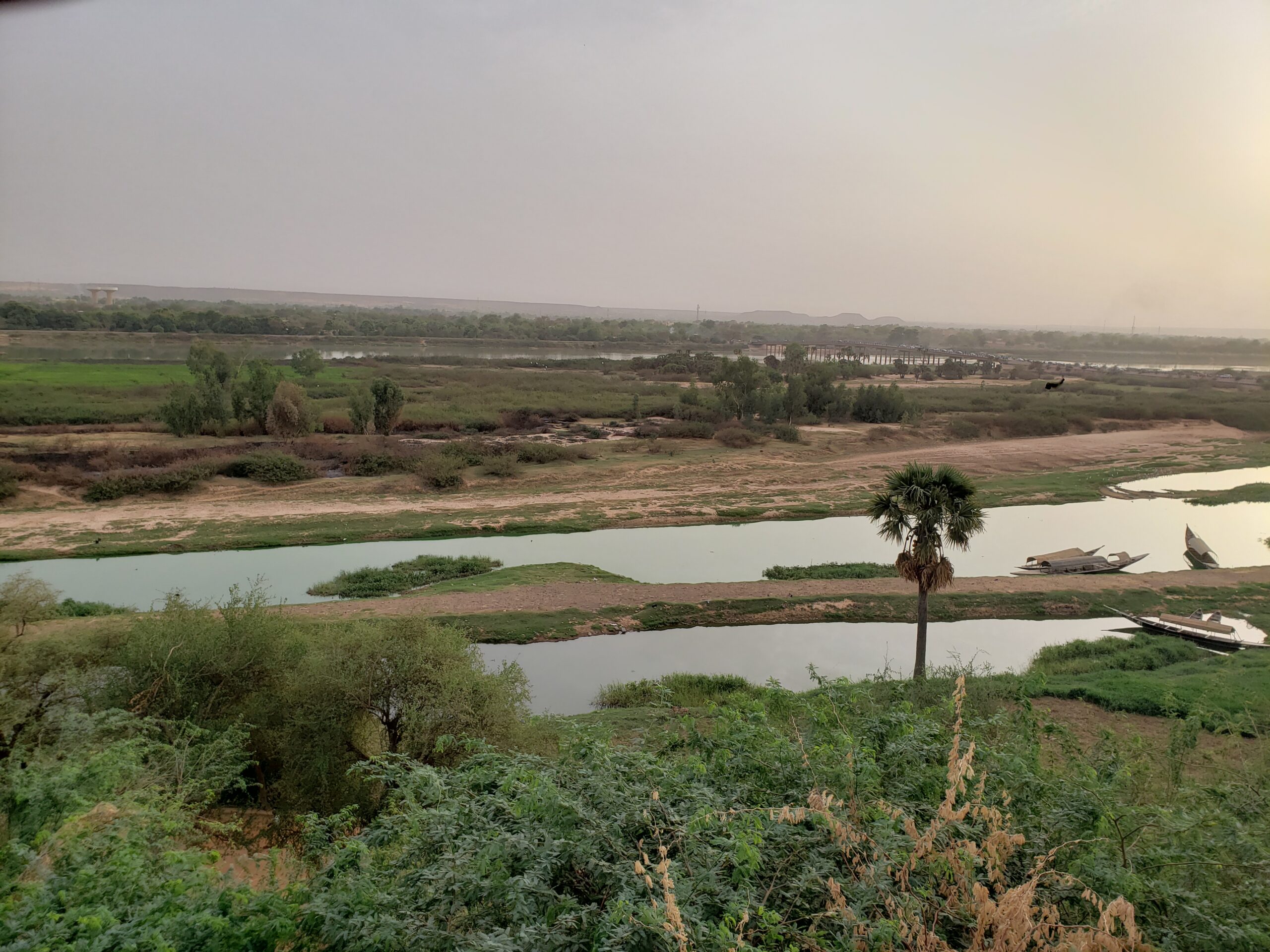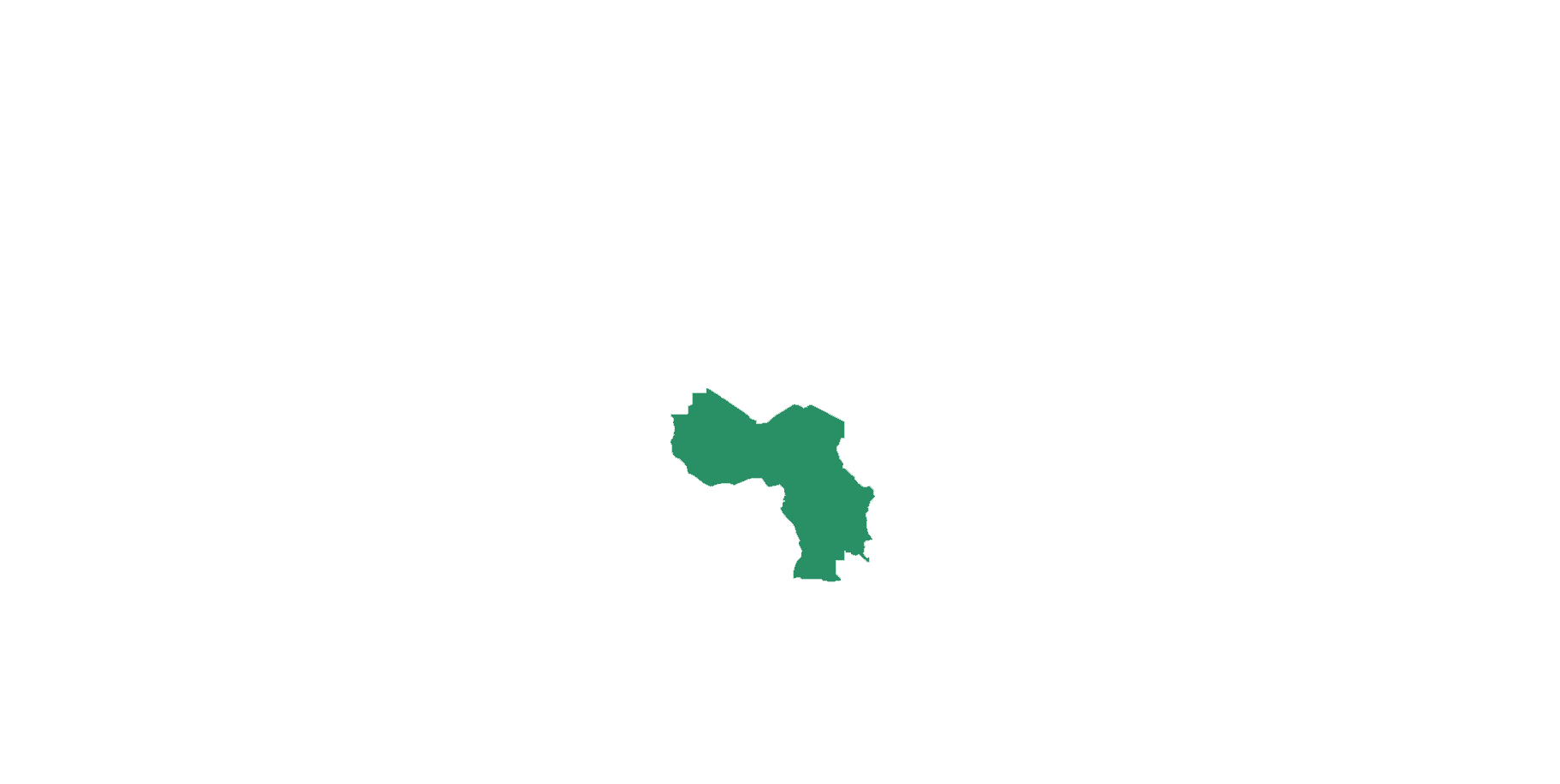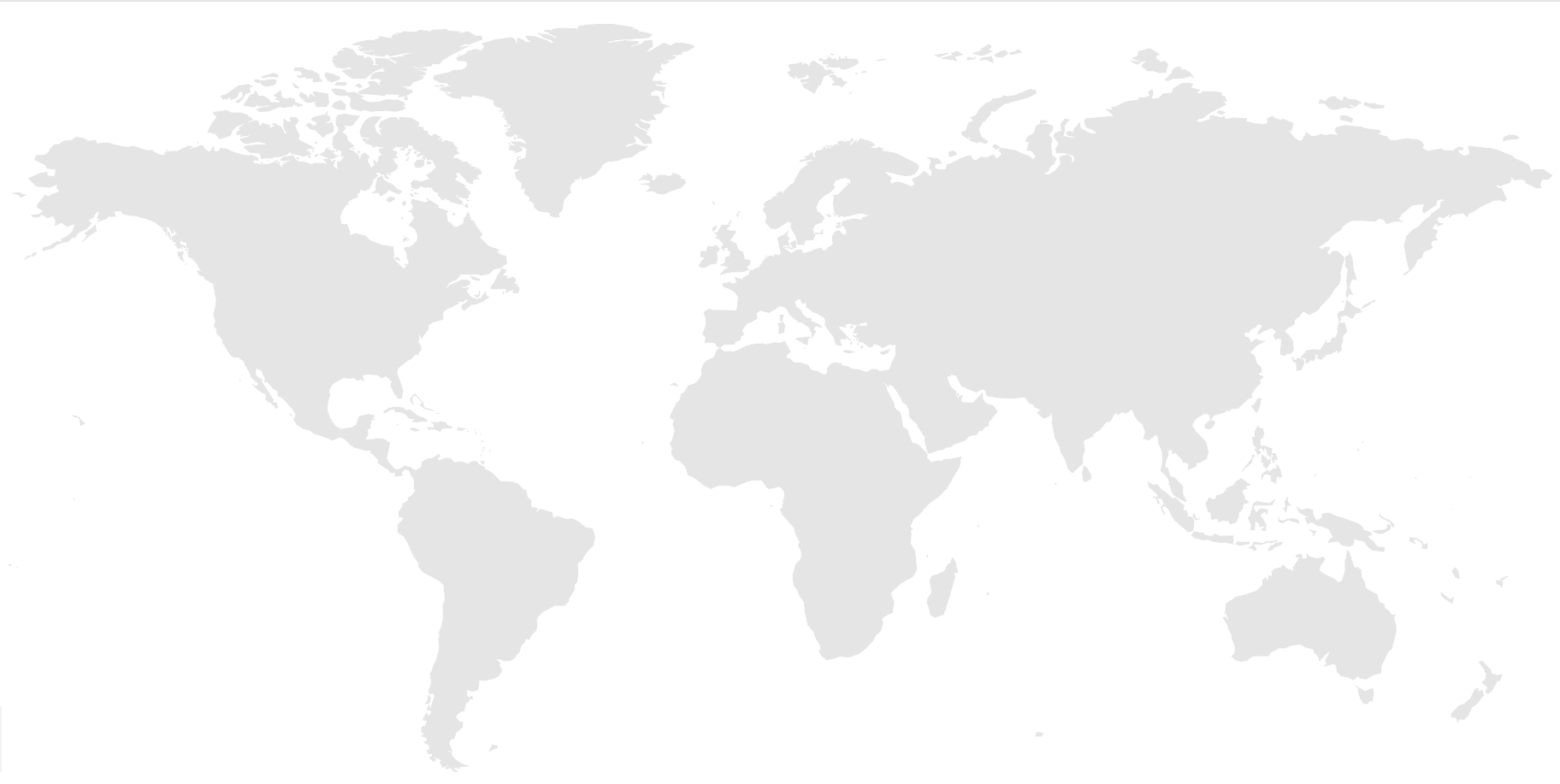In 2018, IFPRI and the University of Ottawa supported the Niger Basin Authority (NBA) under the NEXUS Regional Dialogues Programme to prioritize projects in the NBA’s operational plan that considered synergies and tradeoffs across the WEFE Nexus. In 2022, NEXUS Gains continued this partnership to support development of a Nexus guidance policy that was formally adopted by the Niger Basin Council of Ministers in December 2022. Rationalizing decision-making will ultimately benefit some 160 million basin inhabitants.
The Niger River Basin in West Africa suffers from extreme water, energy, and food insecurity, environmental degradation, growing adverse climate change impacts, and overall instability, insecurity, conflict, and civil strife. The NBA is responsible for coordinating and prioritizing multiple development projects among the nine countries sharing the basin, supporting 160 million people and covering 2.23 million km2. However, the NBA had no systematic methodology to assess the synergies and linkages among the 350 projects intended to achieve the basin’s Shared Vision [1]. The projects cover a wide range of investments, including dams, irrigation schemes, navigation, and ecosystem preservation. Many of these projects are supported by international finance institutions such as the African Development Bank and the World Bank. But without careful assessment of the projects and their interlinkages, the scarce and fragile water, land, and ecosystem resources could suffer unforeseen but irreversible damage.
“The majority of the projects in the Operational Plan contribute to multiple objectives, i.e., water, energy, and food security and environmental sustainability, but this is not always explicit. Making these linkages explicit supports cross-sectoral implementation as well as monitoring of impacts on all linked sectors.” – Mr. Abdou Ramani Traore, Monitoring and Evaluation Expert and Nexus focal point, NBA
The European Union and the Federal Republic of Germany, through GIZ and the NEXUS Regional Dialogues Programme in the Niger Basin [2], supported the NBA, University of Ottawa, CGIAR, and other partners to build WEFE Nexus capacity and develop and discuss a Nexus guidance document for adoption by the NBA Council of Ministers. For this, NEXUS Gains developed a first draft of the Nexus guidance in early 2022; this draft was discussed and received suggested edits and adjustments during three-day workshops that took place in all nine basin countries. These workshops also included further capacity-building for the Nexus analysis methodologies developed in an earlier partnership (2018–2019) and presented an analysis of a nationally selected priority project with Nexus linkages.
Based on the feedback received, a second draft of the guidance was prepared and presented at a regional workshop. The Nexus guidance was then finalized and presented to the NBA’s Technical Committee of Experts in October 2022, which recommended adoption by the NBA’s Council of Ministers [3]. The guidance was adopted on December 8, 2022, during the 41st Ordinary Session of the NBA Council of Ministers in N’Djamena, Chad, and immediately came into force [4]. This is the first-ever basin-wide adoption of Nexus guidance and can support the development of similar policies in other river basins with competing WEFE goals.
The content of the guidance builds on earlier support given to the NBA by the Nexus Regional Dialogues Programme and the CGIAR Research Program on Water, Land and Ecosystems. Specifically, the earlier support implemented a first round of capacity-building on WEFE synergies and tradeoffs and developed a simplified as well as a semi-modeled tradeoff analysis [5], which was incorporated into the Nexus guidance that was adopted in 2022 [4]. Using the guidance document will reduce the threat of adverse impacts on the basin’s shared water and land resources and save millions of dollars of investment funds while jointly meeting various Shared Vision objectives. It will help strengthen positive impacts and reduce cross-sectoral constraints of single-sector solutions and help identify multi-sector solutions. This will increase the efficiency of the use of natural resources and support the implementation and monitoring of (multi-purpose) investments. If this can be achieved, the River of Rivers — the literal meaning of the Niger — will continue to support water, food, and energy security and environmental sustainability for generations to come.
References
- Niger Basin Authority. 2016. Plan Opérationnel 2016–2024.
- GIZ. 2021. The Nexus Regional Dialogue in the Niger Basin (Phase II): Achieving water, energy and food security by preserving the environment.
- Niger Basin Authority. 2022. La 41ėme session ordinaire du conseil des ministres de L’Autorité du Bassin du Niger. Dec. 8, 2022, N’Djamena, Tchad. Résolutions.
- Seidou, O., Ringler, C., Kalcic, S., Ferrini, L., Ramani, T.A., and Guero, A. 2021. A semi-qualitative approach to the operationalization of the Food-Environment-Energy-Water (FE2W) Nexus concept for infrastructure planning: A case study of the Niger Basin. Water International 46 (5): 744–770.
Header photo: The Niger River at Niamey in the dry season. Photo by Claudia Ringler/IFPRI






